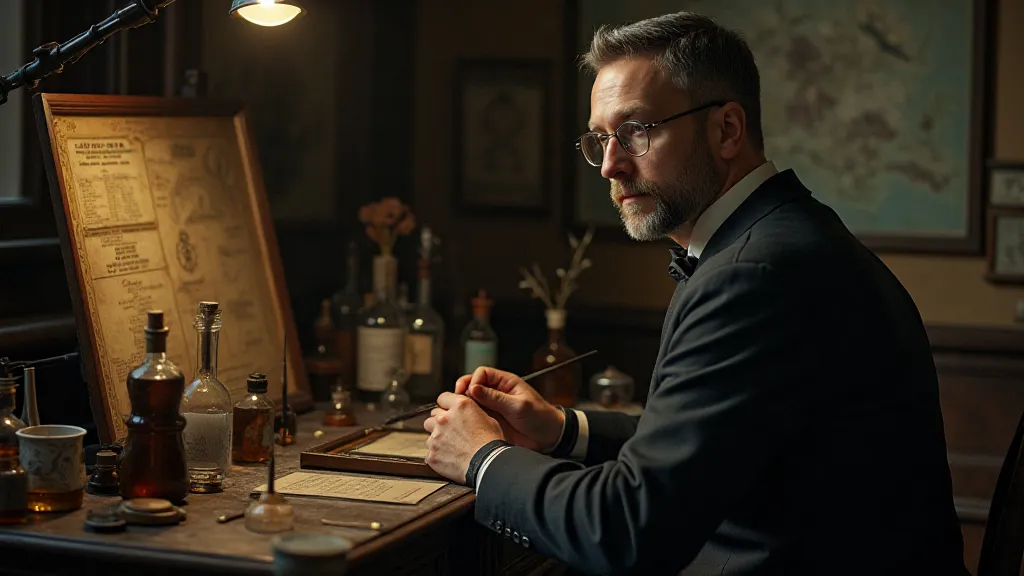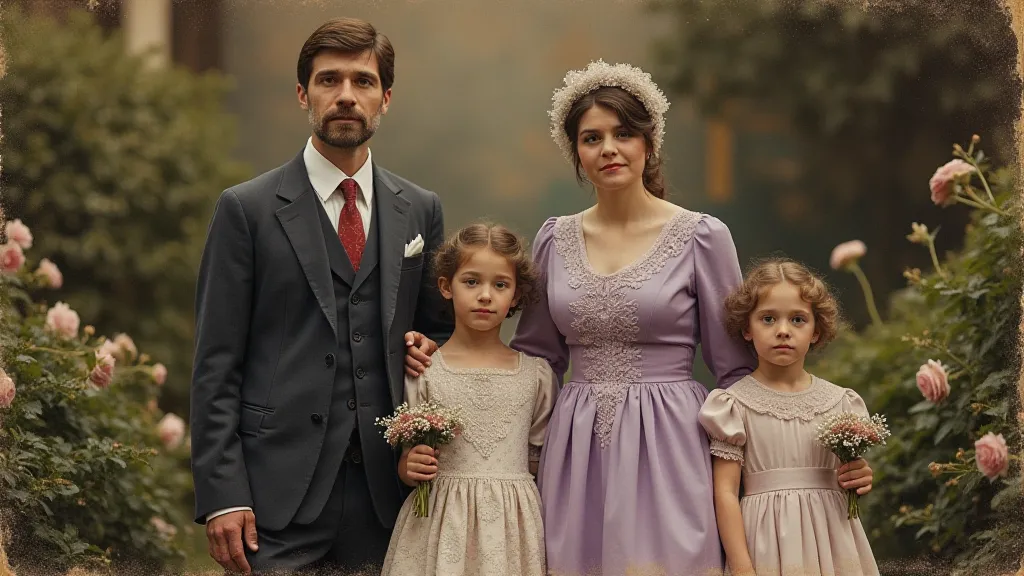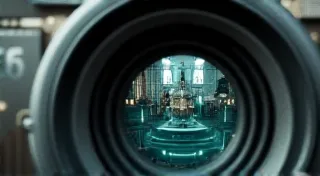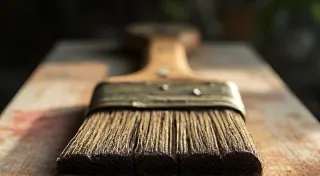Echoes in Amber: Capturing Moments Beyond the Black and White
Imagine a world where photographs weren’t instantly vibrant, where every memory, every portrait, was rendered solely in shades of gray. It's a world not far removed from our own, a reality for those who first encountered the burgeoning art of photography in the Victorian era. While black and white images retain a timeless beauty, they only offer a fragment of the story. It was the painstaking, often overlooked, art of hand-tinting that breathed a semblance of life—a whisper of color—back into these historic scenes, revealing a richer, more nuanced glimpse into a vanished way of life.
The Rise of Photography and the Yearning for Color
The early days of photography were revolutionary. Daguerreotypes and Calotypes, born from scientific curiosity and artistic ambition, offered an unprecedented ability to capture reality. However, the initial processes were complex, expensive, and produced images lacking the vibrancy people associated with the world around them. While some found the monochromatic aesthetic profoundly artistic, a widespread desire persisted: to recapture the hues of life. It wasn't merely about replicating color, but about conveying emotion – the blush on a child’s cheek, the deep crimson of a gentleman’s waistcoat, the verdant tones of a rural landscape. This yearning drove the development of tinting techniques.

The Mechanics of Hand-Tinting: A Labor of Love
The process wasn’t simple. It wasn't a single application of color, but a layered approach. Typically, albumen prints – a common photographic medium of the time – were used as the base. These were then meticulously toned, often with selenium to reduce contrast and create a more receptive surface. The tinting itself was done with transparent oil paints, carefully applied with fine brushes. The skill lay not just in knowing which colors to use, but in applying them with a delicate touch, blending and layering to achieve subtle gradations and realistic effects. It was a skill mastered over years of practice, a true testament to craftsmanship.
Different methods emerged. “Gems” were richly colored images, often depicting portraits or idyllic landscapes, intended as decorative pieces. They employed a far more liberal application of color, mimicking the vibrancy of paintings. Simpler "crayon rubbing" techniques, using waxy crayons on damp prints, offered a less intensive, albeit still labor-intensive, route to adding minimal color.
Beyond Aesthetics: A Window to a Vanished World
But the impact of hand-tinting extended far beyond mere aesthetics. These colored photographs weren't just pleasing to the eye; they were windows into a way of life largely lost to us. Consider the clothing: the precise shade of a mourning dress, the cut and color of a gentleman’s suit. These details are often lost in stark black and white, the nuances flattened. Hand-tinting brought them back, revealing a deeper understanding of Victorian fashion and social conventions. Similarly, the subtle tones of a rural scene – the color of a farmer’s overalls, the hue of the crops – added layers of information about agricultural practices and the economic landscape of the era.
My grandmother possessed a small, hand-tinted portrait of a young woman in a garden. The roses were a vibrant, almost unreal, pink. The woman’s dress was a soft lavender. It wasn't a grand portrait, but it held a quiet dignity, a feeling of serenity that transcended the limitations of monochrome. Looking at it, I felt a profound connection to a past I could only imagine – a past where even a simple garden held a special significance, captured and preserved with such care and artistry.

The Hands Behind the Hues: The Retouchers and Colorists
The labor was often outsourced. “Retouchers” or “Colorists,” frequently women, worked in studios, performing the tinting process. These were skilled artisans, often operating anonymously, their contributions largely unacknowledged in the historical record. While the photographer received the primary credit, the colorist’s artistry was integral to the final product. The skill and precision involved suggests a level of training and artistic sensibility that deserves greater recognition today.
The industry created a unique form of specialized employment. The ability to apply color, to perceive subtle variations in tone and shade, became a valuable skill, providing opportunities for women in a traditionally male-dominated field. These were not mere mechanical tasks; they demanded creativity, patience, and a keen eye for detail.
Collecting and Restoring: Preserving a Fragile Legacy
Today, hand-tinted photographs are prized by collectors for their beauty and historical significance. They are fragile artifacts, susceptible to fading and deterioration. Proper storage and handling are essential for preservation. Professional restoration services, employing techniques that respect the original artistry, can help to stabilize and enhance these delicate images.
When examining a potential acquisition, paying attention to the quality of the tinting is paramount. Look for smooth gradations, accurate color representation, and a lack of obvious corrections or overwork. The paper itself should be assessed for condition – foxing, tears, and discoloration are common concerns.

Echoes Across Time
The art of Victorian photography tinting is more than just a technical skill; it’s a cultural touchstone, a testament to the human desire to capture beauty and preserve memory. These amber-toned images offer a tangible link to a past that feels both familiar and distant. They remind us that even in a world increasingly dominated by digital perfection, there is a profound beauty in the imperfections, the nuances, and the artistry of a truly handmade creation. The subtle blush of a cheek, the depth of a shadow, the vibrancy of a flower – these are the echoes that resonate across time, inviting us to step back and appreciate the beauty of a world seen through a uniquely colored lens.





